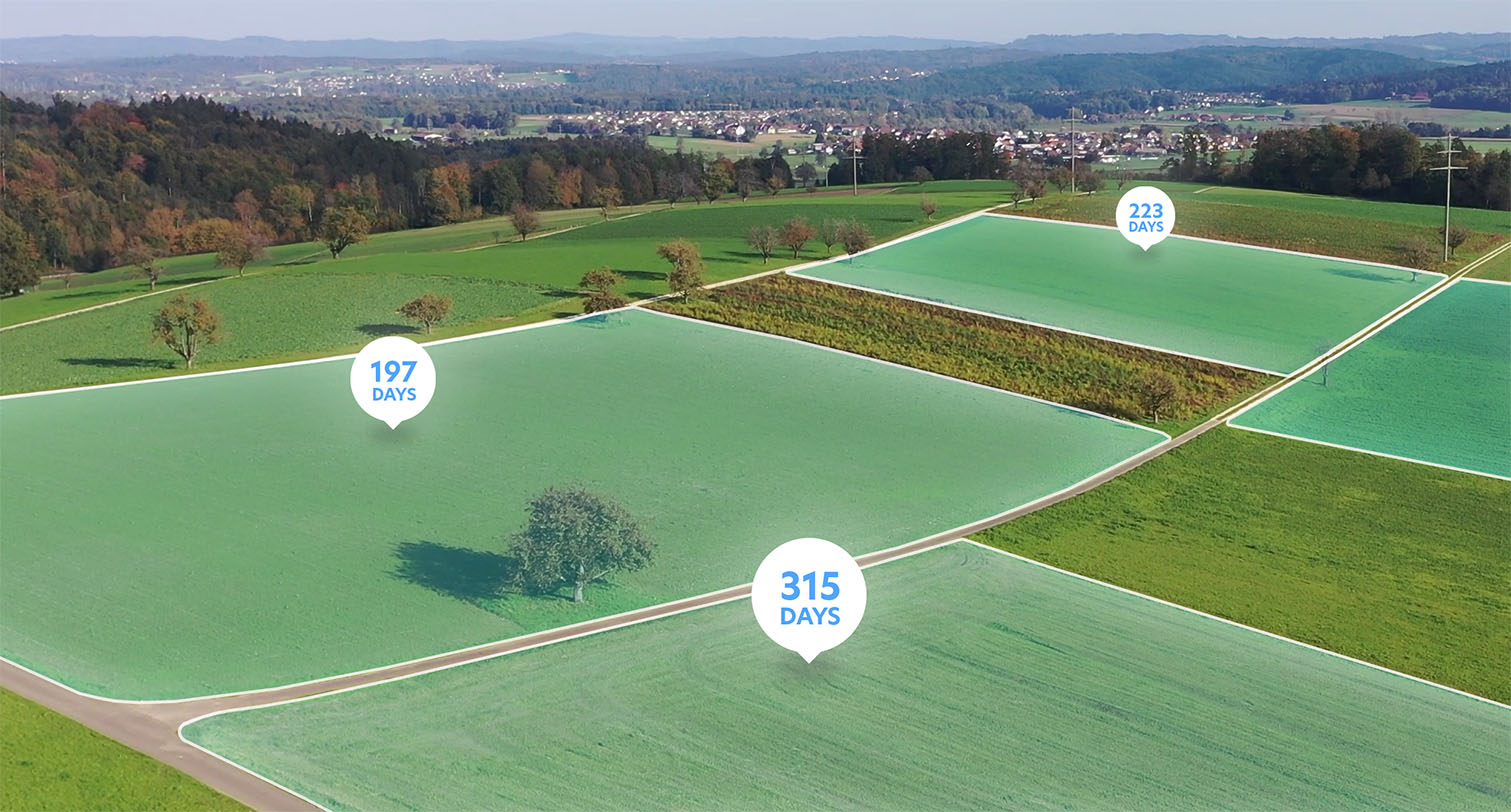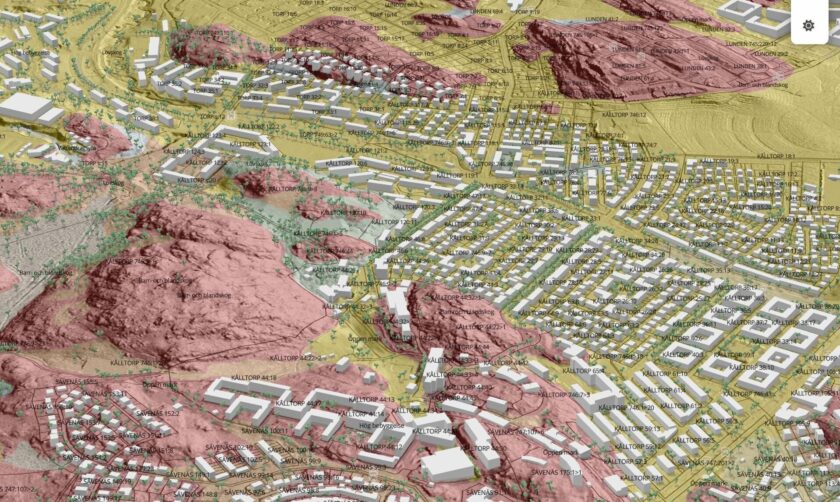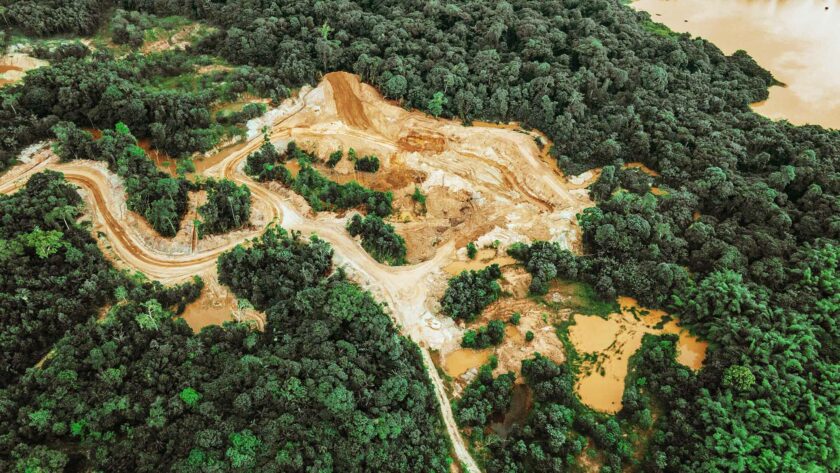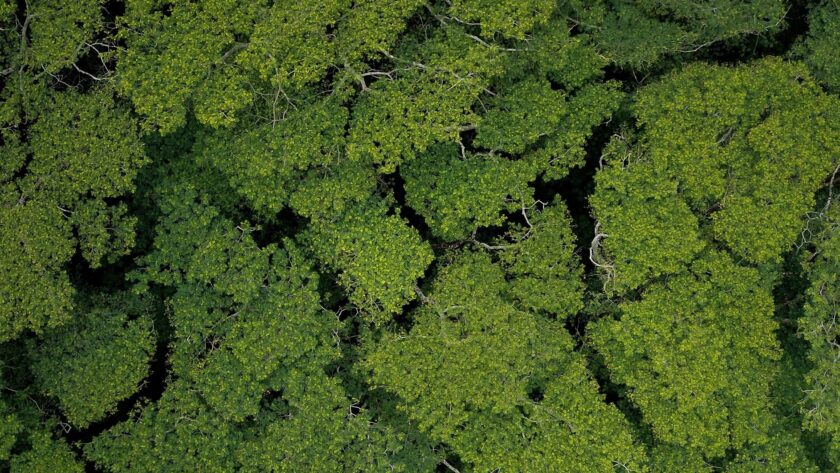In the quest to mitigate climate change, sustainable agriculture has a key role to play. Its curse: being considered as an obstacle to food security in the short term, while it holds the very solutions that will reduce farmers’, and thus food production’s vulnerability to climate change in the long term.
There are ambitious initiatives, though, that aim at reconciling these opposite stances. Many of them promote the adoption of regenerative agriculture, an approach relying on soil conservation among others. Assessing its efficiency and developing it at scale, however, require measurement solutions that combine objectivity, geographical reach and responsiveness.
The satellite analysis products available through Nimbo’s Agriculture Analytics meet these challenges. They consolidate the environmental value chain of the farming business by delivering reliable, indisputable indicators on regenerative agriculture practices: crop diversification, soil cover, grassland management, agro-ecological management, agro-ecological infrastructures and irrigation.
An urgent need for soil regeneration
Nearly 30% of the world’s population were severely or moderately food insecure in 2022. This alarming figure tends to sideline other emergencies, namely climate change and environmental conservation. And yet… The acceleration and intensification of extreme climatic events disrupting agricultural production demonstrates that climate change is one of the main causes to food insecurity.
The challenge is thus twofold: to build resilient agricultural models that will enable us to meet the needs of nearly 10 billion human beings by 2050. But also to cut emissions generated by the sector in order to reduce its own climate footprint.
There is a need to rapidly shift our agricultural model towards truly sustainable practices, while keeping it productive and remunerative for farmers. This is the equation that various initiatives from public or private organizations are trying to solve, through the promotion of regenerative agriculture practices.
This conservation approach to food and farming systems focuses on soil health. As a taken for granted – and thus neglected – element in farming, soils have experienced constant degradation worldwide in the past decades. Erosion from rainwater, compaction, loss of organic nutrients and the use of synthetic fertilizers are among the main reasons why 60 to 70% of European soils are considered unhealthy, according to an independent study carried out for the European Commission in 2020.
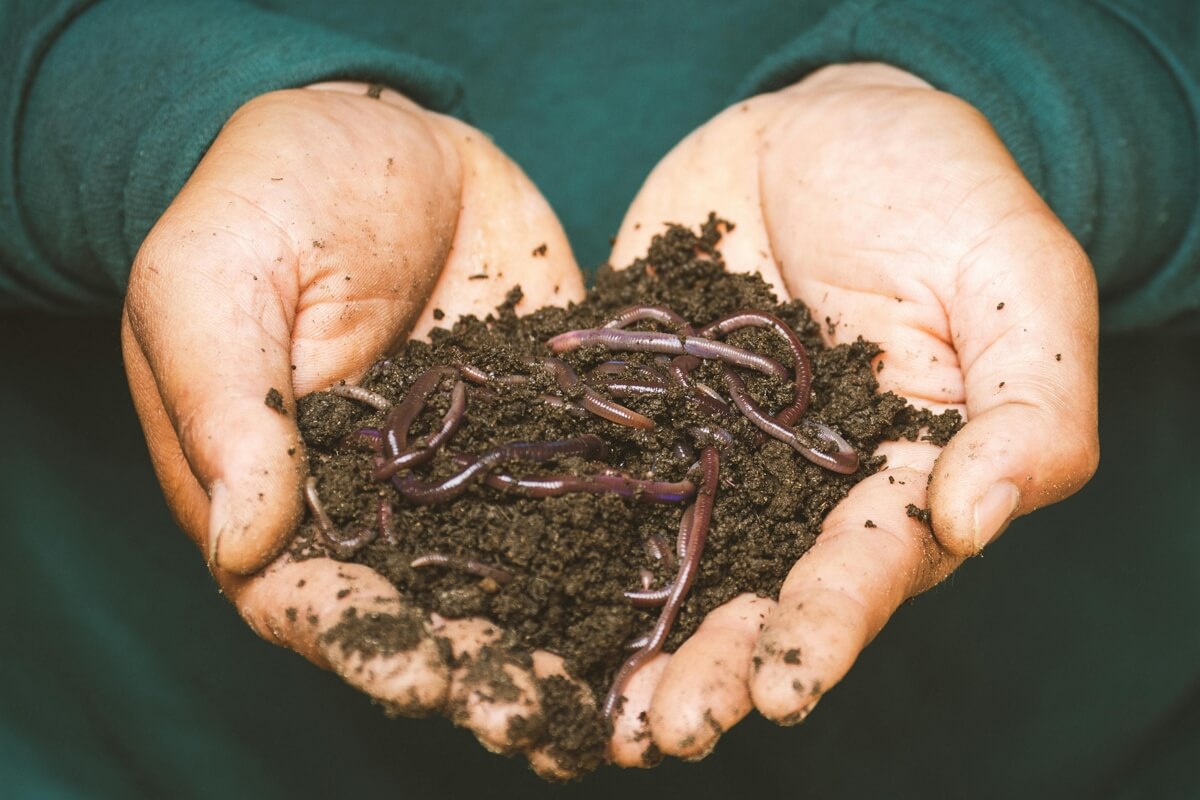
Regenerative agriculture, also called soil conservation agriculture, aims at reversing the trend and revitalizing this core element of our food production system. While its techniques have proven their worth, the challenge is now to scale them up so as to amplify their impact. This requires a dimension of large-scale monitoring to measure the implementation and efficiency of action.
But before getting to the how, let’s take a look at what kind of metrics soil conservation calls for.
Regenerative agriculture: a matter of soil cover
There is no unique recipe for successful soil conservation farming. But the approach relies on a few essential pillars: increased crop diversification and longer rotations, limited tillage, agroforestry and last but not least, maximal soil cover by living plants. The latter, in particular, has a lot to offer to our soils:
- Increased organic matter input to improve soil regeneration and fertility
- Biodiversity support through organic matter supply and reduced pesticide usage
- Better water retention and purification
- Improved carbon sequestration in soils
In all, permanent or maximized soil cover fosters a virtuous circle, whereby vegetal presence stimulates all soil parameters that will in turn favour crop growth.
Essentially, ensuring permanent or near-permanent soil cover requires sowing something inbetween major seasonal crops, or sometimes even alongside them. There are a lot of options for these so-called cover crops: oat, triticale, clover, alfalfa, field beans, vetches…
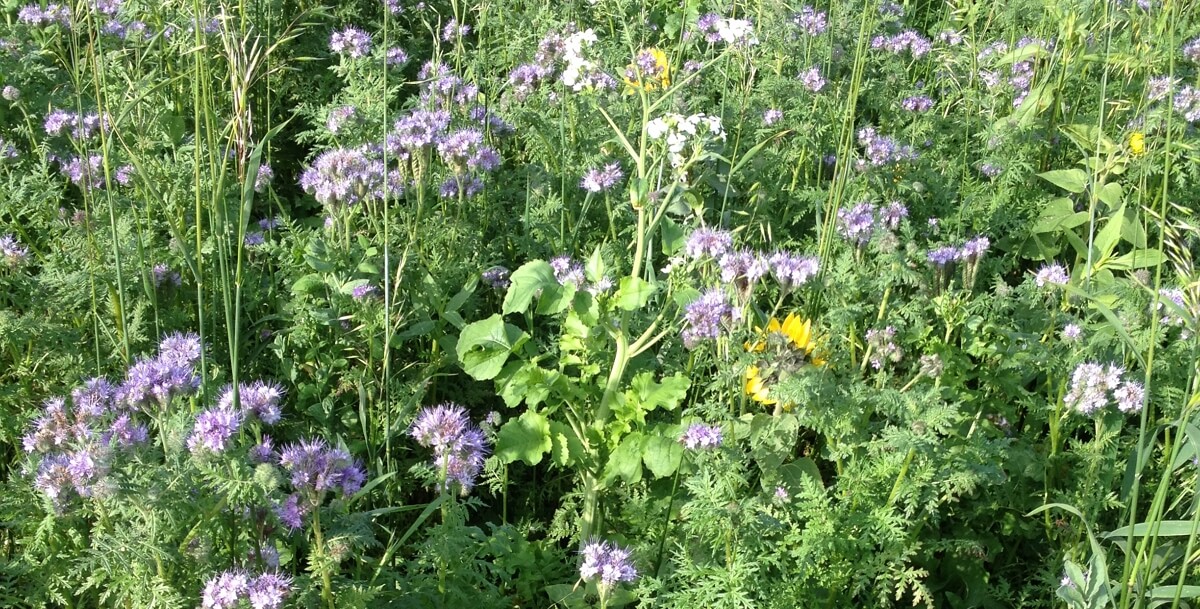
Their role will be to nourish and protect the soil, so these will not be harvested, but left on the field until they decompose, setting the stage for the next major crops.
That’s it for the principles. The question is : when regenerative agriculture scales up over vast territories, how do you keep track of soil cover ?
RegAg metrics: measuring soil cover through remote sensing
The challenge is to know how long a given field has been covered by plants throughout the year. And beforehand, to define what covering means exactly.
That is where satellite imagery comes in, namely Sentinel acquisitions from Europe’s Copernicus program as well as Nasa’s Landsat views. Among all the information contained in an image’s spectral bands, the red and near-infrared wavelengths prove particulary efficient. They’ll help calculate a key indicator, the Normalized Difference Vegetation Index. Based on the plants’ ability to reflect solar radiation, NDVI, as it is called, informs on vegetation vitality.
This indicator ranges between -1 and 1, with 0.25 being the threshold – checked against field data – above which a plant is considered as performing efficient soil cover. As a result, soil cover duration will be the sum of all days of the year when a given field was above 0.25. An essential metric, which, compared with a farm’s whole performance, other farms in the area or the region’s average, helps farmers, farm coops or agrifood businesses measure progress towards an efficient regenerative farming model.
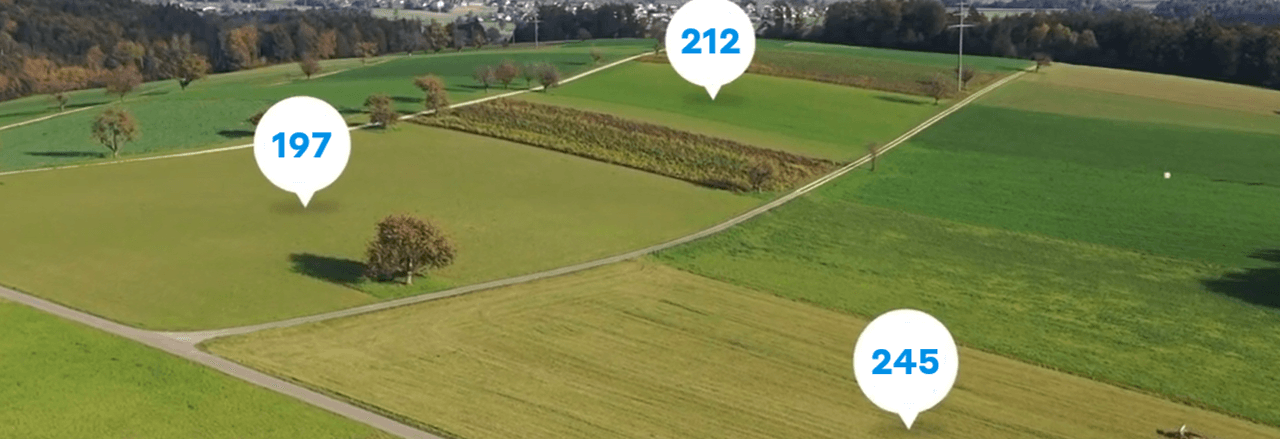
To establish this robust measurement protocol, Kermap, Nimbo’s mother company, has teamed with its partners in the Living Soils programme, an initiative launched by Swiss NGO Earthworm Foundation. Its aim is to contribute to a wide-spread uptake of regenerative agriculture, through a unique collaborative approach between all value-chain actors from farm to fork: farmers, the agri-food companies, distributors, scientists, policy makers, shareholders and agronomists.
Scaling up soil cover measurement
We have talked about ambitions for a wide-spread uptake of regenerative agriculture. Supporting this plan implies measuring soil cover not only on a single field at a time, but on all of them simultaneously. On every available satellite image of said fields. No task for a human eye: the staggering volume of data to process calls for automatized analysis through AI.
All the more since, among all the images that have been acquired by the satellites, some will have to be left out. Namely, those in which the presence of clouds over the fields of interest would distort NDVI calculation.

Thanks to Nimbo’s ability to continuously process satellite imagery, and exclusive cloud removal techniques, analytics relevant to soil conservation are automatically extracted over any area of interest. Including farms and fields to be monitored as implementing regenerative agriculture, but also those who don’t, so as to compare performances achieved with and without on the same terroir.
This approach lifts a major roadblock for regenerative agriculture practices to scale up, as it supplies the means to monitor their implementation and effectiveness virtually anywhere, anytime. Which a human on-field assessment would have a hard time to complete in a timely – and cost-effective – fashion.
After co-construction and calibration within the Living Soils programme, Nimbo’s RegAg analytics have been operationalized to meet the needs of major industry players. Nestlé, for one, has been using our indicators for two years now in order to monitor the implementation and performance of soil conservation practices by voluntary suppliers. This large scale data production approach indeed suits its ambitious plans to source 25% of its key ingredients from regenerative agriculture by 2025, and 50% by 2030.
Like Nestlé, more and more public or private stakeholders perceive the need to promote and scale up sustainable agriculture practices, with a view to consolidate their environmental value chain and protect soils, water ressources and biodiversity. With Nimbo Live Earth Analytics, they now can rely on a monitoring solution that matches their ambition. Get in touch with the Nimbo team to learn more !

